Neuroscience

Neurotransmitter receptors function via various G-protein coupled and G-protein independent mechanisms that activate downstream intracellular signaling pathways such as cAMP/PKA, PI3K/AKT, phospholipase A2, and phospholipase C pathways. For instance, dopamine receptors act through adenylate cyclase to activate PKA and other signaling molecules, thereby mediate gene expression through the actions of CREB and other transcription factors. Other neurotransmitters such as NMDAR or AMPAR are associated with ion channels that control flux of Ca2+ and Na+, thus propagating the action potential across the post-synaptic neuron.
Dysfunctions in GABAergic/glutamatergic/serotonergic/dopaminergic pathways result in a broad range of neurological disorders such as chronic pain, neurodegenerative diseases, and insomnia, as well as mental disorders including schizophrenia, bipolar disorder, depression, and addiction.
-
 B7524 PG 01037 dihydrochlorideSummary: Dopamine D3 receptor antagonist
B7524 PG 01037 dihydrochlorideSummary: Dopamine D3 receptor antagonist -
 B7533 SC 236Summary: COX-2 inhibitor
B7533 SC 236Summary: COX-2 inhibitor -
 B7543 GSK 789472 hydrochlorideSummary: dopamine D3 receptor antagonist and D2 partial agonist
B7543 GSK 789472 hydrochlorideSummary: dopamine D3 receptor antagonist and D2 partial agonist -
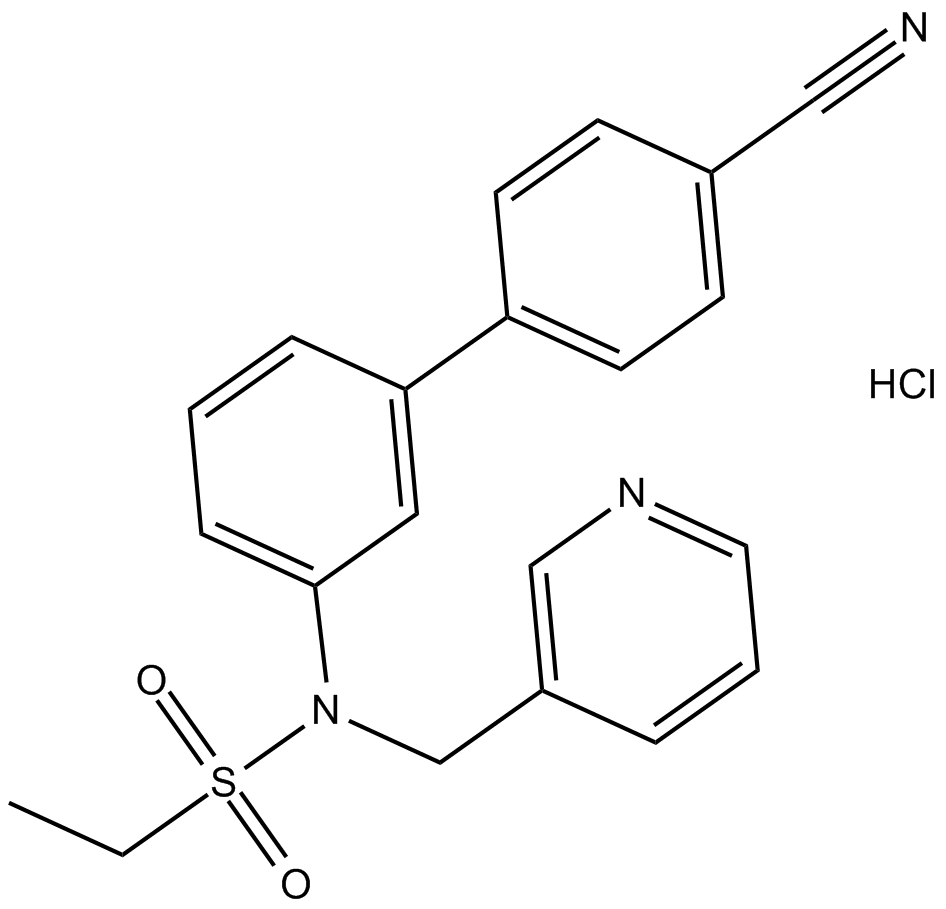 B7549 CBiPES hydrochlorideSummary: positive allosteric modulator of the mGlu2 receptor
B7549 CBiPES hydrochlorideSummary: positive allosteric modulator of the mGlu2 receptor -
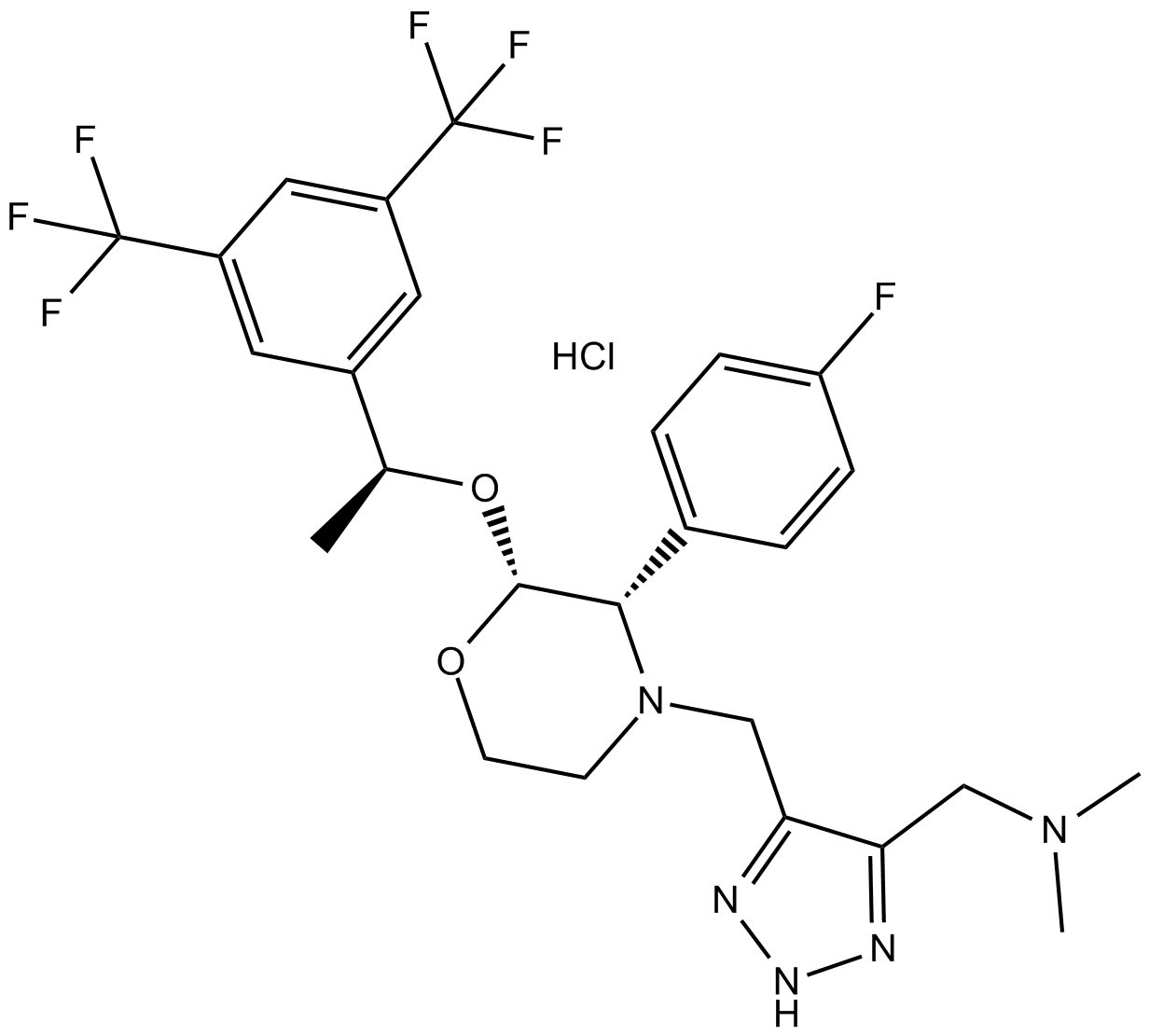 B7565 L 760735Summary: NK1 receptor antagonist
B7565 L 760735Summary: NK1 receptor antagonist -
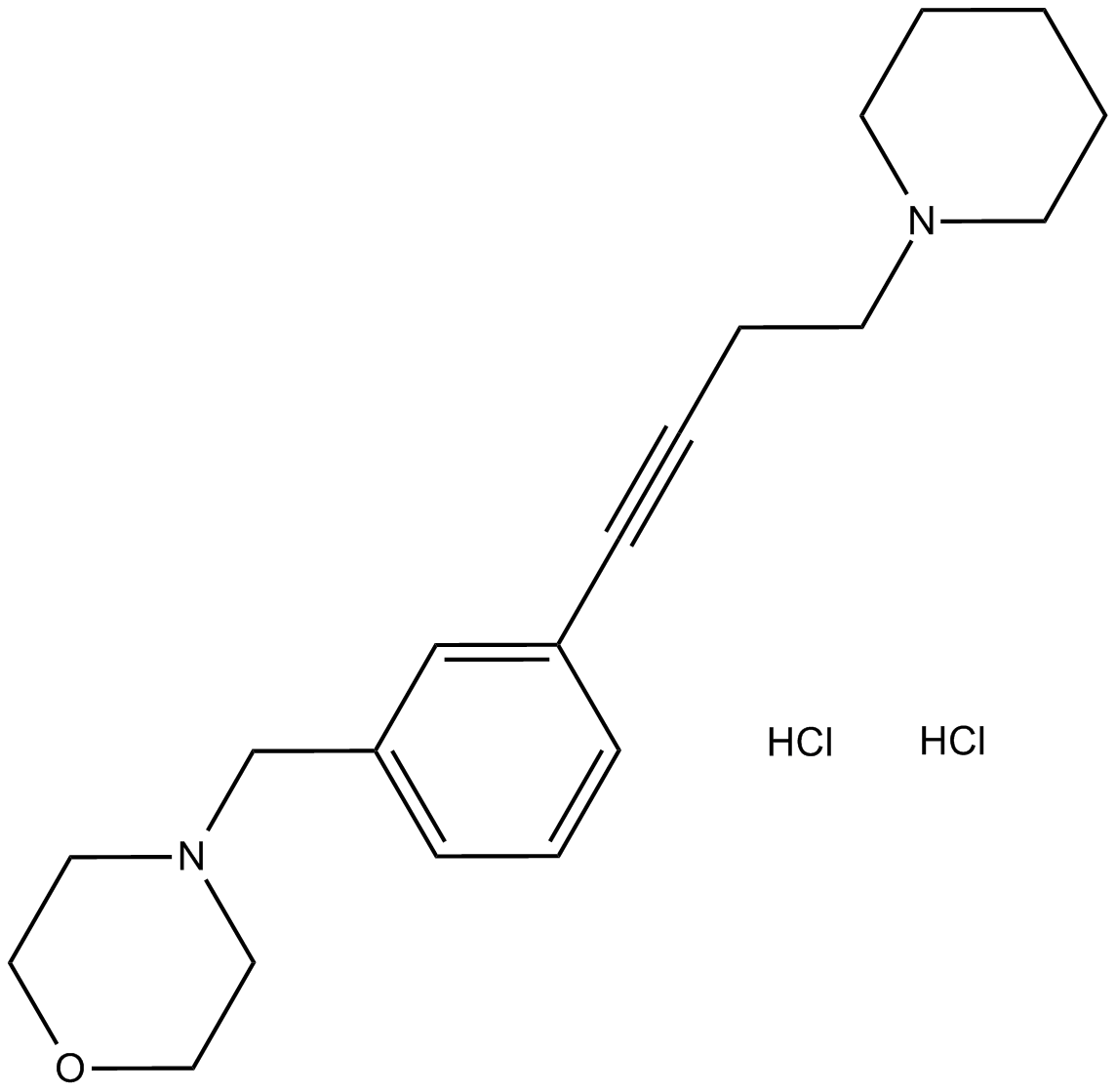 B7567 JNJ 10181457 dihydrochlorideSummary: Histamine H3 receptor antagonist
B7567 JNJ 10181457 dihydrochlorideSummary: Histamine H3 receptor antagonist -
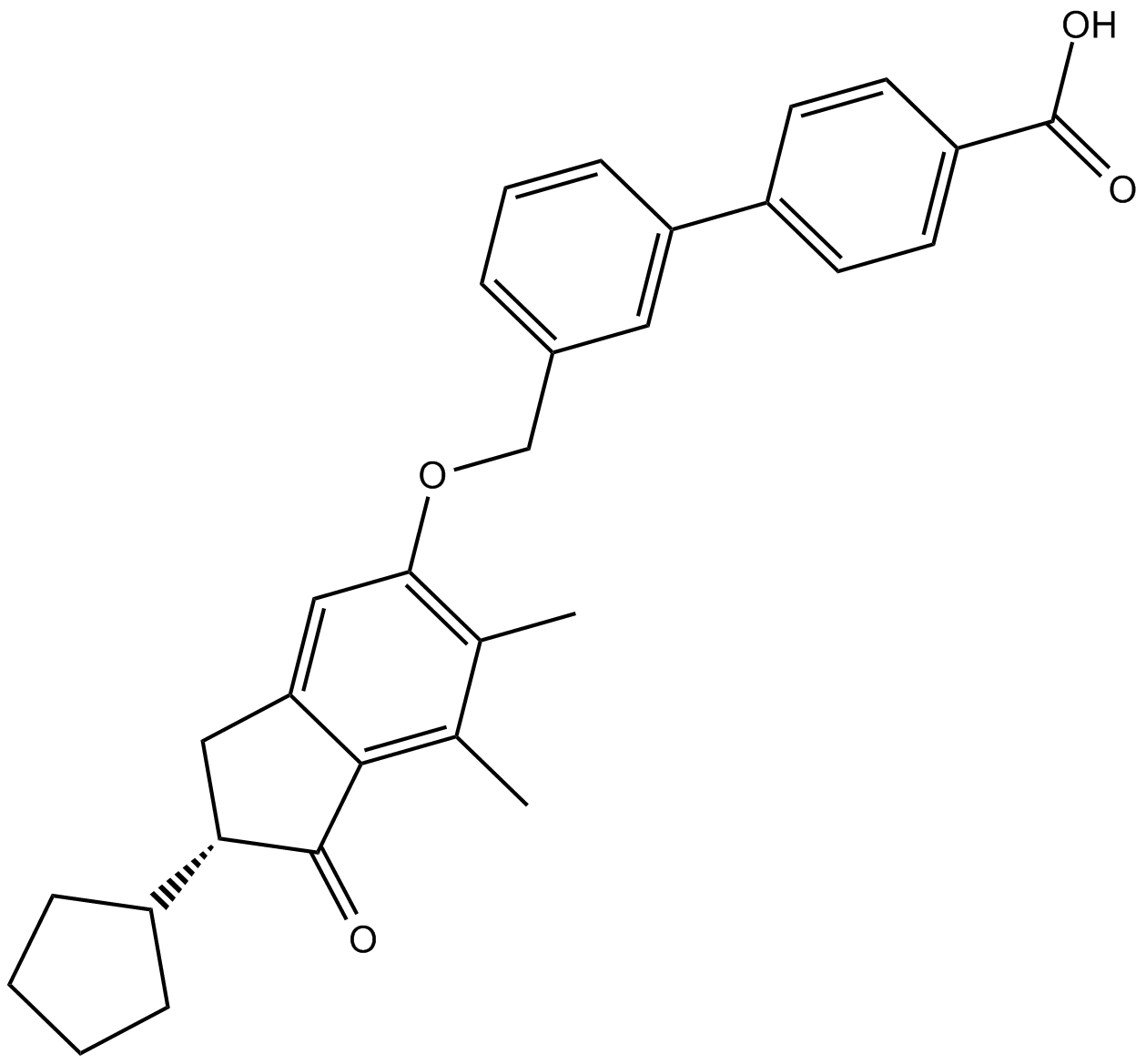 B7575 BINASummary: mGlu2 positive allosteric modulator
B7575 BINASummary: mGlu2 positive allosteric modulator -
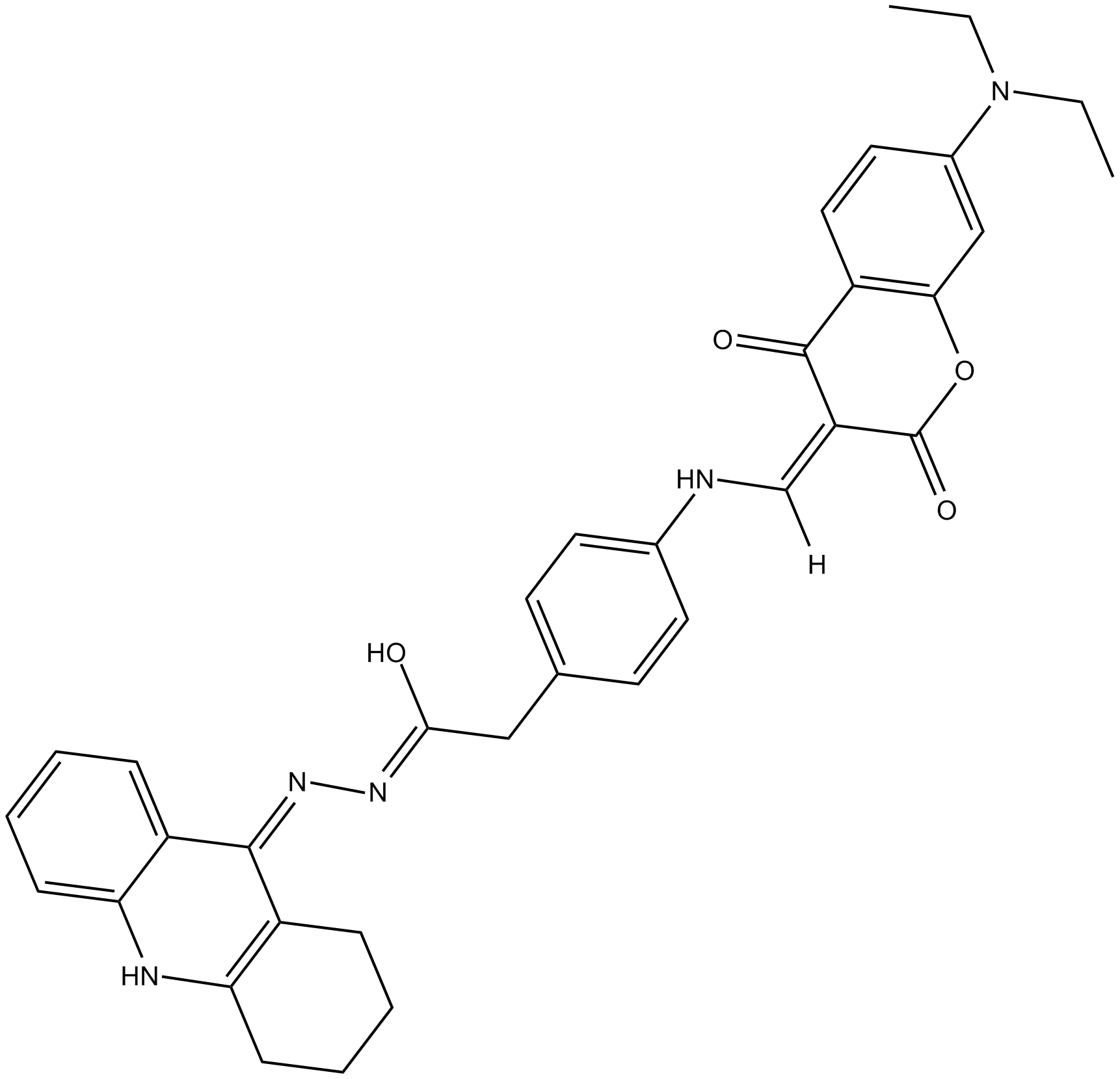 B7585 PE 154Summary: human acetylcholinesterase (AChE) and butyrylcholinesterase (BChE) inhibitor
B7585 PE 154Summary: human acetylcholinesterase (AChE) and butyrylcholinesterase (BChE) inhibitor -
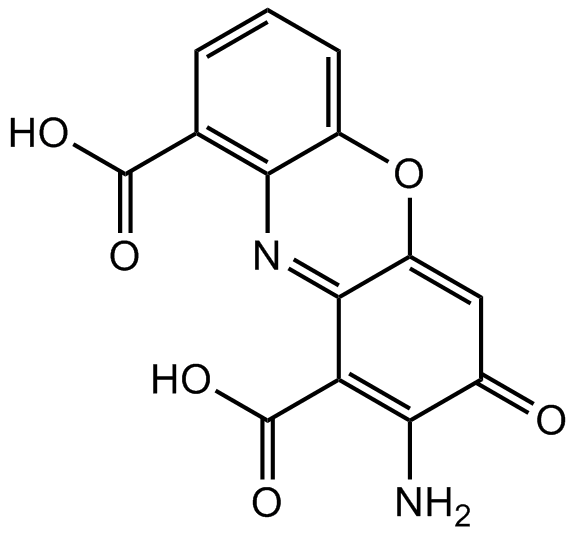 B7592 Cinnabarinic acidSummary: mGlu4 receptor agonist
B7592 Cinnabarinic acidSummary: mGlu4 receptor agonist -
 B7597 LY 2087101Summary: Allosteric potentiator of α7, α4β2 and α4β4 nAChRs
B7597 LY 2087101Summary: Allosteric potentiator of α7, α4β2 and α4β4 nAChRs

